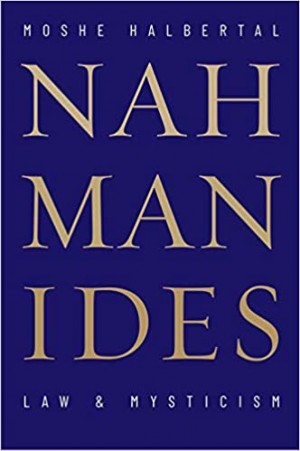Joseph Skibell, a Sami Rohr Prize choice-award winner celebrated for his rich, imaginative writing, takes on the stories of the Talmud, or Aggadah, in Six Memos from the Last Millennium: A Novelist Reads the Talmud. Instead of a more typical reading of the stories as history, or even a literary analysis of the stories themselves, Skibell finds these episodes to be mythic, larger than life, and deliciously enigmatic. His treatment of them is highly readable, and deeply thought-provoking.
The style of the Aggadah is terse, describing characters’ dialogue and actions almost like stage directions in a screenplay. It does not describe their motivations, nor does it render definitive judgements, and Skibell rightly plays up that ambiguity as he fleshes out the narratives. It is not always clear if a line of Talmudic dialogue was meant to come across harshly or calmly, earnestly or sarcastically, or even as a question or an answer (this is even true in its legal sections, raising arguments that have spanned the centuries of rabbinic tradition). The best actors can convey multiple meanings at once, and, as Skibell unpacks these stories, he accomplishes the same effect in his writing to mesmerizing effect.
Each of the five chapters, or memos from the past, is based around a series of aggadic stories that is reprinted in translation and then elucidated. Skibell’s own writing is thick and lushly layered, providing a compelling contrast to his source material. He adds context by making reference to other stories about the characters that provide more detail, and by expanding each small detail into critical plot points. For example, his first story centers on the fourth century sage Rabbi Yohanan, whose last name, bar Naphha, literally means “son of the Blacksmith.” From there, Skibell constructs a story of Rabbi Yohanan the master smith or alchemist, eventually even blending him with the creative power of the fire itself. As he describes them, the rabbis blur the line between being historical people and disembodied, elemental forces, working against each other and reacting in each other’s presence.
The sages in Skibell’s stories are set against the devastating backdrop of the destruction of Judea at the hands of the Roman Empire, and compensate by creating rich worlds of their own. Through the ritualized back and forth of Talmudic discourse, they build the Torah that animates the inner world of their study halls. Through the intensity and passion of their argumentation, they build each other — and themselves. However, the stories Skibell selects are tragedies, not comedies (at least that is how he reads them). The sages were ultimately unable to keep their internal worlds from collapsing just as their external world had. In fact, they were usually the catalysts of their own downfall. Sometimes it was because they failed to live up to their own exacting standards. Chillingly, though, Skibell shows us that often it was precisely because they had. In this way, he presents the Talmud’s treatment of its own authors as both role models and warnings, a remarkably self-reflective approach that is needed today perhaps more than ever.




